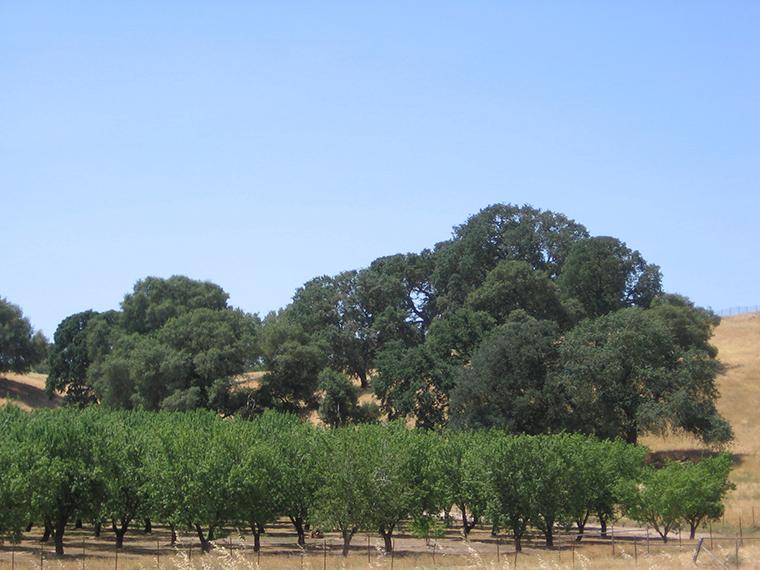
Matzek will design state’s oak woodlands carbon policy

Photo by Yath
ESS Associate Professor Virginia Matzek has won a $88,498 contract from the California Department of Conservation to design a new policy for accounting for carbon storage in restored and conserved oak woodlands.
Under California’s cap-and-trade system for controlling greenhouse gases, the Climate Investments program disburses funds paid by polluters for emissions allowances to state agencies that can show a GHG benefit from their activities. The new policy will identify and document the greenhouse-gas benefits of oak woodland preservation and restoration.
California’s iconic oak ecosystems have great capacity to store atmospheric carbon in tree biomass and soil. The majority of this habitat is found on privately owned rangelands utilized for ranching, and benefits from little or no legal protection. In recent years, oak woodlands have been threatened by firewood harvests, disease, climate change, and conversion to vineyards, orchards, and residential development.
However, many ranchers value oaks for the shade they provide to cattle, as well as their beauty, and would prefer to keep them on their lands. With an approved methodology to account for the GHG benefits, ranchers can benefit financially from their actions to preserve and restore oaks.
“Until a few decades ago, ranchers were encouraged to cut down oak trees to create more cattle forage,” says Matzek. “But now the tide has turned, and we understand better the contribution of oak woodlands to a whole suite of ecosystem benefits, including carbon storage.”
The Department of Conservation implements the Sustainable Agricultural Lands Conservation program, which receives funding from the Climate Investments arm of cap-and-trade to prevent suburban sprawl from swallowing ranches. An oak woodlands policy will give the department—and other state agencies—an additional tool in preserving rural livelihoods and open-space values.
“I grew up in an oak woodland, and it’s a landscape that really speaks to me and to a lot of other Californians,” Matzek said. “It’s fitting that we are finally coming around to understanding its role in regulating the climate, too.”